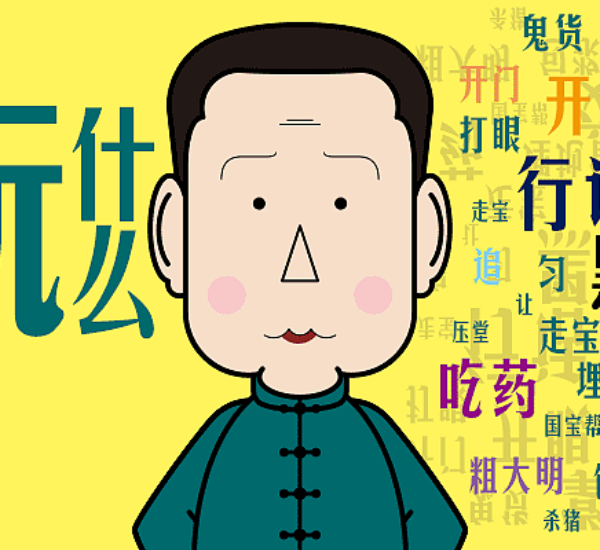Recently updated on January 27th, 2025 at 02:13 pm
With rapid smartphone penetration comes increasing mobile app users worldwide. An easy way to maximize global visibility and multiply downloads is to simply translate your mobile app, localizing it to different countries and languages.

What is Mobile App Translation and Localization?
App translation and localization refers to the process of adapting the interface and functionality of a mobile application to suit foreign language markets.
The goal of mobile app translation and localization is an app that:
- Takes linguistic, cultural, and technical differences into consideration
- Doesn’t change the original intent or functionality of the original application
- Looks and functions like it was originally created for the target language
A key requirement of going global with your app is making its content and functionality available to users in foreign languages and in different countries. That’s where app translation and localization come in.
Why is App Translation and Localization Important?
Ninety percent of the apps on the App Store leader boards are localized. It’s no surprise that users prefer to download and use apps in their own native language. The Apple App Store is currently available in over 150 countries and supports more than 40 languages, from Spanish to Chinese.
💡If you want to maximize your app’s revenue, you’re going to have to think bigger than just the English-speaking market.
Entering New Markets
Entry into any new market requires research and strategy relating to how best to localize your app.
Increasing Your Revenues
The more mobile users you can reach, the more revenues you can generate from your app. Each additional language you add to your app translates into additional income because only when an app speaks the language of users does it give them the confidence to spend time and money on it.
💡Translated, localized apps get more downloads and make more money. In fact, localizing iPhone application texts can multiply downloads by 128 percent and increase revenue by 26 percent per country, according to a recent study by Distomo.
Improving User Experience
The beauty of mobile apps is their ability to get personal with each user, in the palm of their hands. A key aspect of this is the ability to speak their languages fluently so that your app as it functions in their device feels like it is a helpful friend. APP and software localization is the key to reaching that goal.
Which Parts of Mobile APP Should be Localized?
- UI text and other text strings within the app
- In-App Purchase (IAP) product descriptions
- Name and Description in the Google Play store listing
- Images and Videos
- Audio
- Server-based content
Which Languages Should You Localize into?
According to statistics, by far the biggest market for apps right now is China, a country that downloads more than twice the number of apps than anywhere else on the planet.
💡If you want maximum exposure, localizing your mobile app into Mandarin Chinese is a safe bet.
Other prominent target languages for apps include Portuguese, Indonesian, Korean and Japanese. However, app users in these countries are also some of the most likely to download and quickly delete, making the need for high-quality, accurate localization key.
Questions to Ask Before Hiring an App Translation and Localization Service Provider
Important questions would include:
- Do you need to translate iOS apps or translate Android apps?
- Which devices and operating systems are the most popular in your target locale – and can you cater to that audience?
- Will you need to make changes to the layout of your app to accommodate for character-based typesetting?
- Have you considered the cultural perceptions of certain colours, shapes, and images?
- What about app pricing and currency conversion?
App Translation and Localization Services by Chinese Copywriter
When you’re expanding your app offering to serve a global economy, maintaining high standards from language to language is vital. You need to be confident that no matter where your users are, they’ll be having the best possible experience with your app.
Chinese Copywriter focuses on refining your app for usability, readability, colloquialisms, and cultural expectations – so your translated app can provide the richest experience for your users.

Translator
Ouyang is a seasoned Chinese translator with 13 years of experience. With proficiency in translating for tourism, cosmetics, textiles, electronics, footwear, kitchenware, legal fields, and more, she helps businesses thrive in the Chinese market. She holds a bachelor’s degree in English from the Guangdong University of Foreign Studies.



